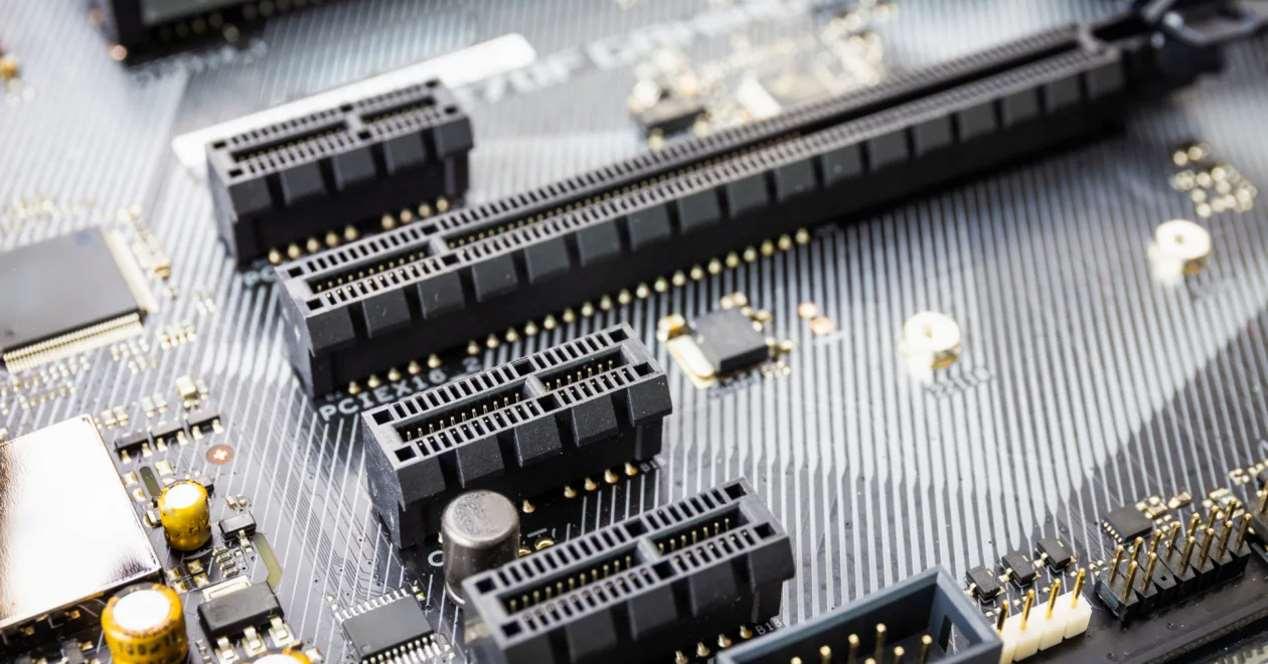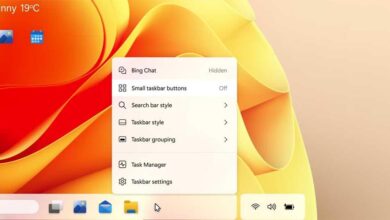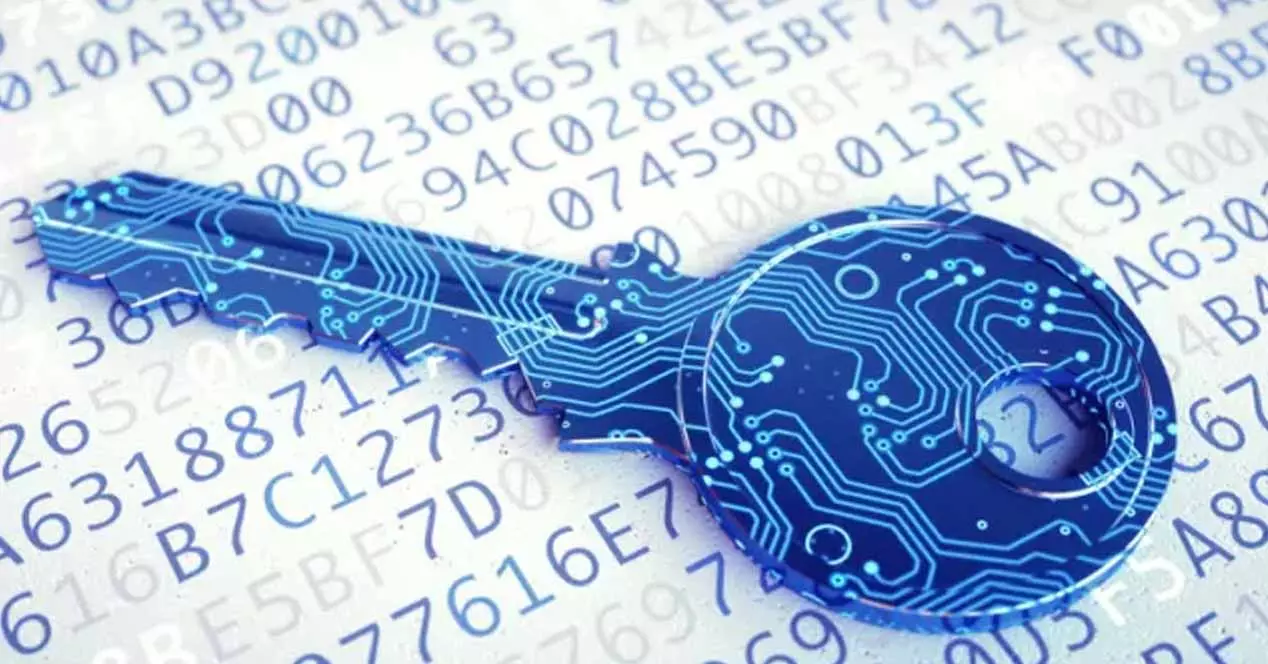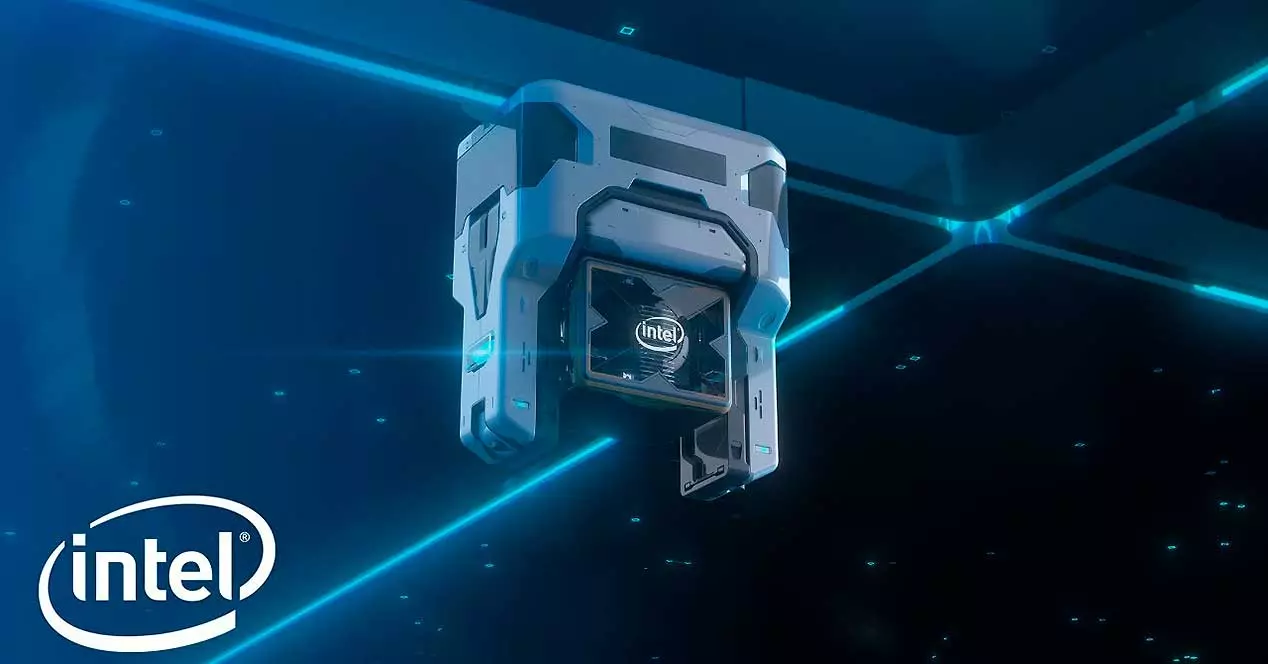
Little by little storage is moving from using the SATA port to benefiting from the advantages of PCI Express. However, we rarely see expansion cards of this type being used as storage units in stores. Why is it that there is barely SSD on PCIe beyond the subject of laptops?
The M.2 interface used by NVMe SSDs is nothing more than a PCI Express interface with up to 4 lanes, but with another type of connector designed for this type of microcards. However, for some time now those who need a solid state drive in a desktop PC have found themselves having to choose between the higher storage capacity of SATA drives for 2.5-inch bays or the faster speed of SATA drives. M.2 drives. All this due to the fact that the U.2 format is typical of servers and data centers and there is no commercial motherboard that supports it. This is where PCIe SSD drives come in.
The only option, SSD on PCI Express cards
Well, technically an M.2 is a PCI Express card, small in size and in another format, but after all its interface is still PCI-Express. Although in the case at hand we are referring to full profile expansion cards.
Here we can find three different types of different units:
- In the first type we can see an expansion card with its complete circuitry. In this case, the flash controller dominates the board, together with the flash memory chips and the RAM memory for calculating addresses and as a data cache. They are not faster than a conventional M.2 in terms of transfer, but they support more memory channels and with it more storage chips and, therefore, more Teras to store data.
- The second type is an adapter that connects to a PCI Express x16 connector and allows us to connect up to 4 traditional M.2 drives to the PC. Let’s not forget that one of the capabilities of the parallel interface par excellence is the ability to distribute the communication lines among several different peripherals at the same time. Some high-end motherboards include them among their accessories.
- There are also units with an x8 connector that support that we can install 2 M.2.
- To finish we have a variant of the second, which allows a large number of units to be connected, but cutting the bandwidth of each one of them. For example, we may have in our hands a card that supports 16 M.2 drives. Well, in that case you have to take into account that each unit will correspond to a PCI Express line and, therefore, 25% of its bandwidth.
In any case, we have a complete tutorial on this type of card in much more detail that we recommend you visit.
Not all motherboards have another slot for an SSD on PCIe
There are a lot of motherboards where the manufacturer assumes that the only expansion card that requires a x16 connection is the graphics card, and since home games support only one, we already know what happens. However, if you are lucky enough to have such a dual slot model, a good application may be to use it to expand storage capacity.
What’s more, if you plan to set up a home NAS, since you are not going to need more than the standard integrated graphics card, basically for this task you do not need more than this. Well, if you have chosen to recycle an old tower PC that at least has a Mini-ITX, you will know that it has a PCI Express x16 socket in which to connect this type of card.
The problem with this is that it’s a bad idea, since network access completely destroys the benefits of using a PCI Express SSD, whether in traditional or M.2 format. So we do not recommend it at all. What’s more, you will end up paying much more for the terabyte of information. However, we must start from the fact that if we set up a multimedia server to transmit content to several devices at the same time, the fact that it supports several simultaneous accesses can help to avoid interruptions during the broadcast.





